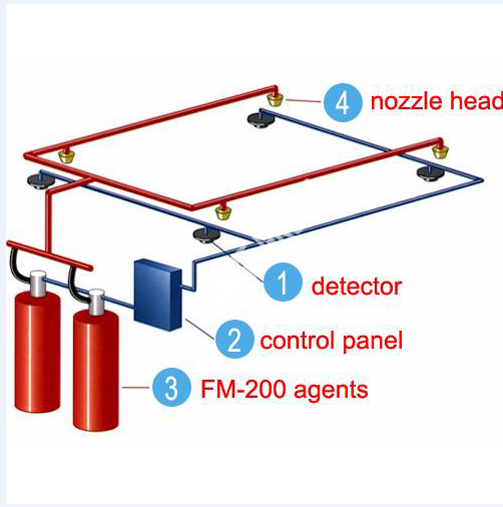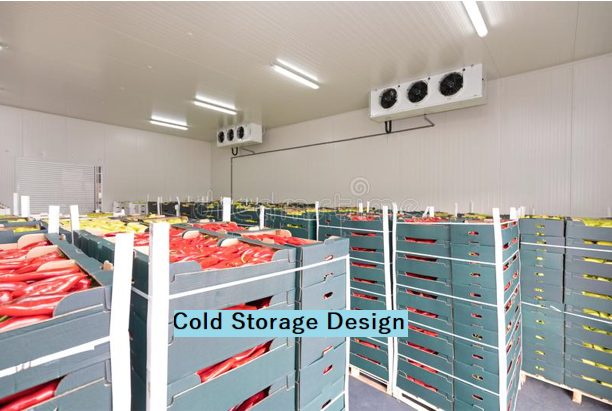Intermediate switch lighting circuits. In this lecture we’re going to be looking 4 differen ways to control a light using 3 separate switches and then also two ways to control a light using 4, or more switches. This is useful for example to control the lights on stairs to different floors or perhaps from either side of the bed and at the bedroom door, like you might find in a hotel.
 |
| Intermediate switch lighting circuits. |
Intermediate Switch Lighting Circuits ( EU/UK )
Please watch this vedio
Intermediate Switch Lighting Circuits (EU/UK)
Warning
Electricity is dangerous and can be fatal, you should be qualified and competent to carrying out any electrical work. Never work on live/hot electrical circuits.
This system is called by a different name depending on where you live. In north America this is called a 4 way switched circuit and in the EU and other parts of the world this is called an intermediate switch circuit. We’re going to focus on the EU/UK method and colour coding.
To make this circuit work we require two different types of switches. A two way switch and an intermediate switch. Again, the names of the type of switches depends where in the world you live.
The two way and intermediate switch will look the same on the front. However, the two way has 3 terminals on the back. The switch can be flipped only two ways, up or down, but the electricity can flow through the switch in 4 different ways, depending on how it’s connected into the circuit.
The intermediate switch can also only be flipped two ways, up or down, but on the back we find 4 terminals. The electricity can flow through this in 14 different ways, depending on how it’s wired.
This switch has a mechanical component inside which means that when the switch is flipped, it crosses its’s arms to change the direction. These two arms DO NOT TOUCH they are kept separated. By crossing it’s arms to change the direction we can therefore make or break a circuit.
The colour of the cables varies around the world. In this video I’m using the European colour code but you should check your local regulations.
Method1 - New install
The first circuit we will look at is the simplest method and the easiest to understand. It’s typically used for a new installation.
We have our two way switches at either end and then an intermediate switch in the middle.
We take our live feed and connect it into the common of switch 1. We then run a brown cable from L1 of switch 1 over to L4 of switch 2. We then run a brown cable from L2 of switch two, over to L2 of switch three.
We then run a blue wire from L2 of switch 1 over to L3 of switch 2, we place a brown sleeve at each end of the wire to warn that it is intermittently live. We run another blue wire from L1 of switch 2 over to L1 of switch 3. And then we run a final blue wire from the common of switch 3 up to the light.
Now, when we turn the power on, the electricity can flow through switch one and two and into switch 3, but the circuit is broken so the light is off. If we then flip switch 3, we complete the circuit and the light turns on. If we flip switch 2 we cross the paths and break the circuit. If we flip switch 1 we make the circuit again. If we flip switch 1 again then we brake the circuit. If we flip switch 3 then we complete the circuit. And if we flip switch 2 then we break the circuit.
Method 2 ( existing install )
This is the second method which is typical for converting an existing circuit.
In this version we run the live to L1 of switch 1, then from, L1 of switch 1 to L1 of switch 2, then from L3 of switch 2 to L1 of switch 3.
We then run a grey wire from L2 of switch 3 to L4 of switch 2, placing a brown sleeve on the wires to indicate that it is intermittently live. We then run another grey wire from L2 of switch 2 to L2 of switch 1.
We then join the two end switches with a black wire to each common. And then connect the blue wire from L2 of switch 1 to the light circuit.
When we turn the power on the electricity passes through switch 1 and 2 and stops at switch 3 because the circuit is broken. If we flip switch 3 we make the circuit and the lamp turns on. If we flip switch 2 then we break the circuit and the lamp is off. If we flip switch 3 we make the circuit again. If we flip switch 1 then we break the circuit so it can’t reach the lamp. We flip switch 2 to make the circuit and we break the circuit by flipping switch 1.
Method 3 - variation of method 2 ( Existing install )
This method is a variation of the last one where we use the same cables but change their route a little. We have the live into L1 of switch 1, then a brown wire from L1 of switch 1 to L3 of switch 2, then another brown wire from L1 of switch 2 to L1 of switch 3.
Then we have the grey wire from L2 of switch 1 to L4 of switch 2 and another from L2 of switch 2 to L2 of switch 2. Then a black wire between the two commons and finally the blue wire back to the lamp circuit.
When we power this circuit, the electricity flows through switch 1 and 2, but stops at switch 3. If we flip switch 3 we make the circuit and the light can turn on. If we flip switch 2 we break the circuit. If we flip switch 1 we make the circuit. If we flip switch 2 we break the circuit. If we flip switch 3 we make the circuit and if we flip switch 1 we break the circuit.
Method 4 ( Existing install )
In this design we’re bringing the power and lamp control to the right most switch. We run a brown wire from L1 of switch 3 to L1 of switch 2, then another brown wire from L3 of switch 2 over to L2 of switch 1. Then we run a grey wire from the common of switch 1 over to the common of switch 3. We then run a black wire from L2 of switch 3 to L2 of switch 2, then another black wire from L4 of switch 2 over to L1 of switch 1 and finally we have the blue wire from L2 back to the lamp.
When we power this circuit, the circuit is complete so electricity flows through switch 3, 2, 1 and back to 3 where it then feeds the light. If we then flip switch 3 we break the circuit.
If we flip switch 2 we make the circuit again. If we flip switch 1 we break the circuit. If we flip switch 3 we again make the circuit. If we flip switch 2 we break the circuit and if we flip switch 1 we make the circuit.
Method 5 - Simple 4 , 5 , 6 etc switching ( New install )
This method is the simplest way to connect 4, 5, 6 or more switches into a light circuit. It’s based off the design in the very first method we saw earlier in the video. This is typically used for completely new installations. The power comes in from one end and the lamp is connected to the other end. This way allows any switch to make or break the circuit.
Method - 4 , 5 , 6 etc switching conversion ( existing install )
With this method we can add 4, 5 ,6 or more switches to an existing installation and we base it on the 3rd method which we saw earlier in the video. For this we just extend the black wire from the two common terminals of the switches and then we run the grey and brown wires between the switches. This allows us to extend it as much as we need. Each switch can then make or break the circuit independently.
Thank you















0 Comments